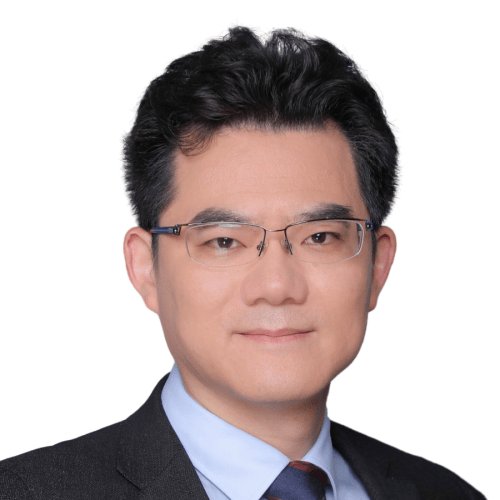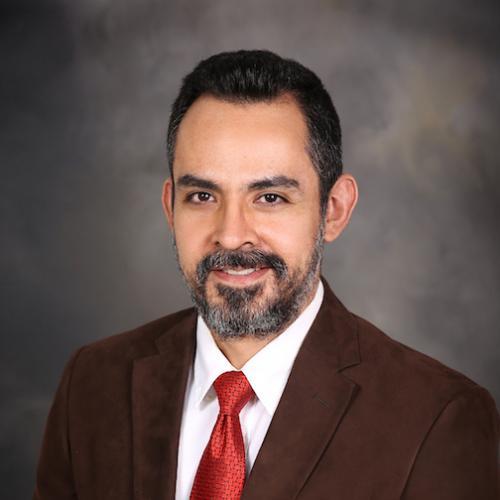Description
Mobile communications are constantly evolving to meet society's demands for more and better communication services. The global rollout of the fifth-generation (5G) of mobile cellular communications is currently underway, with the promise of expanidng the communications landscape by improving user experience with interactive and haptic communications, and enabling machine-oriented services that are fundamental for industry automation, intelligent transportation, e-health, and others. Although the future of 5G and beyond 5G (B5G) networks looks bright, the design of such networks continues to be a challenging task due to the stringent performance requirements that these networks should meet to deliver ultra-reliable and low-latency services with enhanced mobilty. In particular, the optimization of the radio access network of 5G, as well as its redesign toward the transition to sixth-generation (6G) networks, call for the development of accurate channel models that capture the rapidly time-varying characteristics of mobile radio reception in highly mobile indoor and outdoor environments.
This workshop is organized by the Technical Committee on Propagation of the IEEE Vehicular Technology Society with the aim of providing a global perspective on open problems, current research trends, new results and ideas, and hot topics in the area of channel modeling and propagation for enhanced mobility use cases of 5G, 5G-Advanced, 6G, and other mobile communication networks.
Learning Objectives
The main objective of this workshop is to promote further research and disseminate recent findings that contribute to advance the state of the art on propagation and channel modeling for wireless communications among highly mobile users in terrestrial, aerial, and maritime environments. Topics of interest include, but are not limited to the following:
• Modeling and simulation of highly time-varying channels for mobile communication systems based on standardized technology (e.g., 5GNR, 3GPP, and the like)
• Channel modeling and simulation for mobile communications based on optical signals (e.g., systems based on applications of the IEEE 802.17.7 standard in highly mobile scenarios) • Modeling and simulation of nonstationary multipath fading channels
• Modeling and simulation of highly time-varying aerial communications channels
• Modeling and simulation of channels for railroad communications
• Channel modeling and simulation for maritime communications
• Measurement-based channel modeling and novel sounding techniques for mobile communications
• Hardware emulators for vehicle-to-vehicle and vehicle-to-infrastructure channels
• Propagation and channel modeling for integrated sensing and communications (ISAC)
• Evaluation of new frequency bands for mobile communications (e.g., THz)
Program Outline
| Time | Activity | Duration |
|---|---|---|
| 9:00-9:10 | Welcome and Opening | 10 min |
| 9:10 - 9:55 | Keynote Talk | 45 min |
| 9:55 - 11:05 | Technical Session #1 (4 papers) | 70 min |
| 11:05 - 11:20 | Coffee Break | 15 min |
| 11:20 - 12:30 | Technical Session #2 (4 papers) | 70 min |
| 12:30 - 14:00 | Lunch | 90 min |
| 14:00 - 14:45 | Panel Session | 45 min |
| 14:45 - 15:55 | Technical Session #3 (4 papers) | 70 min |
| 15:55 - 16:10 | Coffee Break | 15 min |
| 16:10 - 17:20 | Technical Session #4 (4 papers) | 70 min |
| 17:20 - 17:30 | Closing | 10 min |
Potential Audience
This workshop targets an audience composed of graduate students and professionals from academia, industry and government with interest in mobile communications.
Workshop History
This event, organized by the Vehicular Technology Society's Propagation Committee, was successfully held for a half-day workshop at the 2024 IEEE 99th Vehicular Technology Conference (VTC2024-Spring) in Singapore and at the 2024 IEEE 100th Vehicular Technology Conference (VTC2024-Fall) in Washington DC. It is expected to be extended to a full-day workshop at the 2025 IEEE 102nd Vehicular Technology Conference (VTC2025-
Fall).
Novelty
The novel aspect of this workshop is the emphasis on mobility and its impact on the propagation features of signals of any form (radiofrequency and optical) for communications, localization, navigation and sensing applications pertaining to 5G and beyond 5G (B5G) communications.
Technical Program Committee
Steering Committee
David W. Matolak, University of South Carolina, U.S.
Jose Rodríguez-Piñeiro, Tongji University, China
Ke Guan, Beijing Jiaotong University, China
Michael Walter, German Aerospace Center (DLR), Germany
Carlos A. Gutierrez, Universidad Autonoma de San Luis Potosi, Mexico
Publicity Chair
Ashish Goswami, Adani University
TPC Members
Wei Wang, Chang’an University
Markus Rupp, Technische Universitaet Wien (TU Wien)
Xuesong Cai, Peking University
Juyul Lee, Electronics and Telecommunications Research Institute (ETRI)
Dao Tian, ZTE
Andrej Hrovat, Jozef Stefan Institute (JSI)
Danping He, Beijing Jiaotong University
Wilhelm Keusgen, Technische Universitaet Berlin (TU Berlin)
Qiumign Zhu, Nanjing University of Aeronautics and Astronautics
Stefan Schwarz, Technische Universitaet Wien (TU Wien)
Pan Tang, Beijing University of Posts and Telecommunications
Linlong Wu, Luxembourg University
Chen Huang, Purple Mountain Laboratories
Tomaz Javornik, Jozef Stefan Institute (JSI)
Mir Lodro, University of Bristol
Arash Aziminejad, WSP Rail Systems Engineering
Aniruddha Chandra, National Institute of Technology (NIT) Durgapur
Petros Karadimas, Edinburgh Napier University
Saeed M. Khan, Kansas State University Polytechnic
Wahyu Pamungkas, Institut Teknologi Telkom Purwokerto
Ashish Goswami, Adani University




